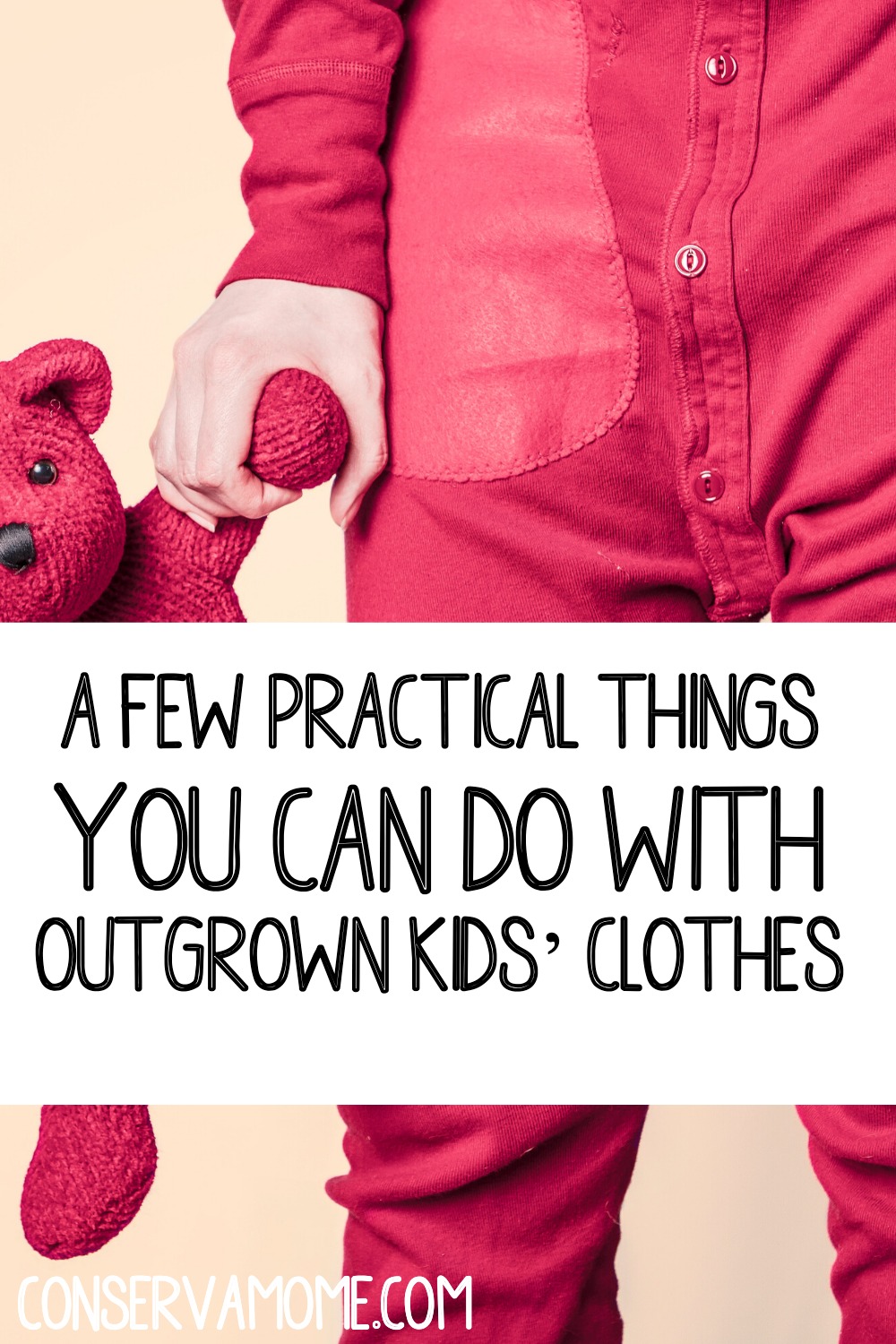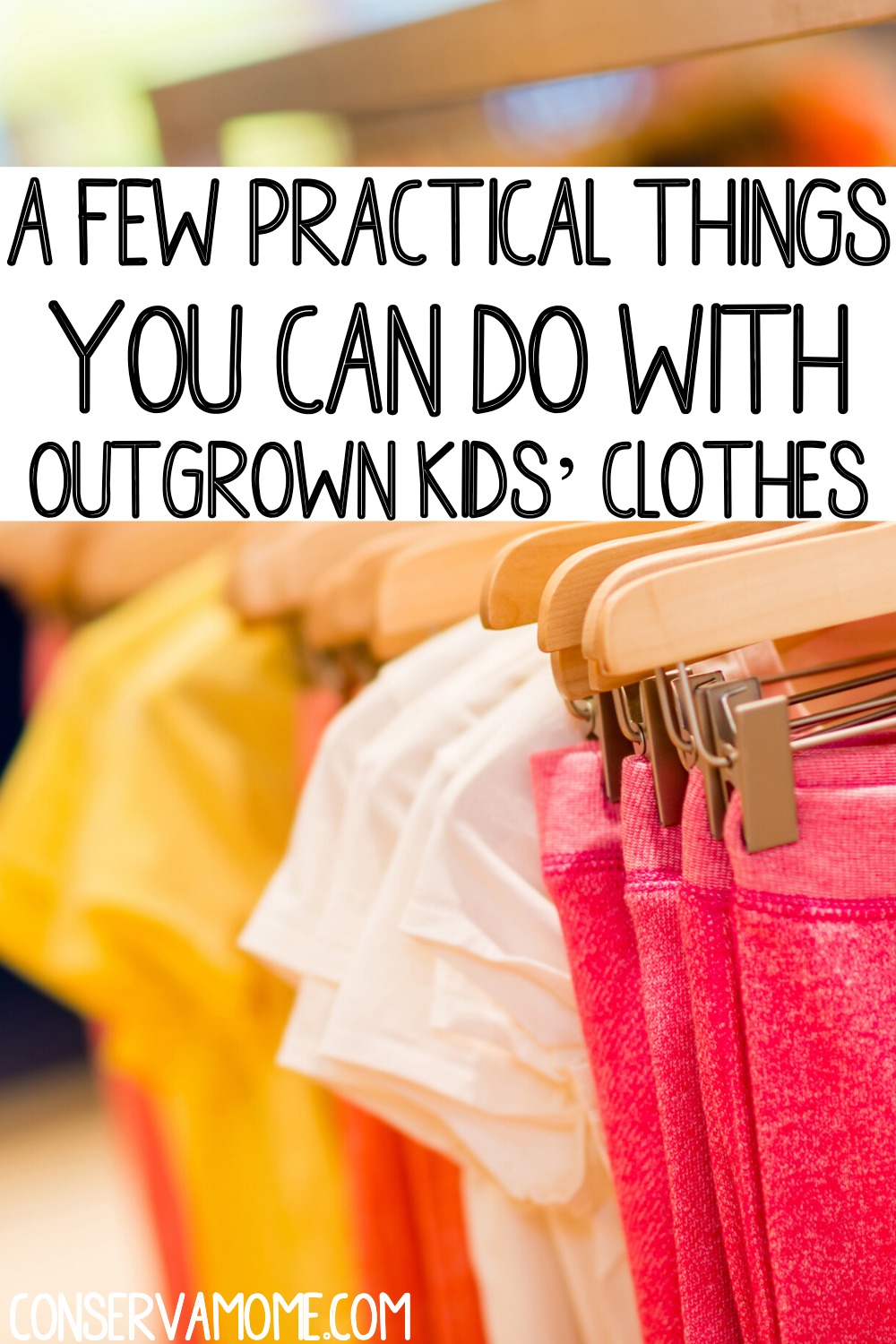Children outgrow clothes very quickly. Here are a few practical things you can do with outgrown kids’ clothes.
Things you can do with outgrown kids’ clothes
Children grow up so quickly that almost every season of every year requires parents to update clothing pieces in their kids’ wardrobe. As new items come in, outgrown clothes wind up inside bags, drawers, closets, or boxes in attics far longer than they should. Even kids who are grown and have surpassed height marks on kitchen door frames leave behind clothing pieces that haven’t seen daylight in years.
Not only are these items taking up space inside the house, but they are also not being used to their utmost potential. Simply throwing them out is not the answer here. The piles of worn-out tops and bottoms and the unused ones still have some life and purpose left in them.
Instead of letting these clothes take over every inch of drawers and cabinets, one may as well give them a second chance.
Below are some ways to recycle, repurpose, and reuse outgrown children’s clothes to prevent them from occupying storage spaces.
Sell Outgrown Kids’ Clothes
Get ready to sell outgrown clothes online. Parents should learn how to make the most of social media pages when it comes to selling. On Facebook, many yard-sale groups can help ease the matter. One can join a group, post pictures of what one wants to let go of, and then welcome comments and questions that may eventually lead to sales.
There is also eBay, another great platform when thinking of selling clothes that are no longer used. Instagram is also perfect for this purpose. There is a popular hashtag still currently in use on the site: #shopmycloset. Many people type in this hashtag to find used clothes to purchase.
Choose a Charity, and Donate Your Clothes for a Cause
Giving old kids’ clothes to charity is a no brainer. This gesture, however, is easier said than done. Donating used items requires a lot of planning, organizing, and laundry. Parents who wish to partake in this should take stock of the clothing pile.
Do this by sorting items into labeled bags or boxes like donate, reuse, and sentimental. For the “donate” pile, include those that are in good condition and still very much wearable.
As for the “reuse” pile, put the clothes that belong here for possible washing and reorganizing in closets. Lastly, the “sentimental” pile is the one where parents may find a piece or two that reminds them of the first day of school or another special occasion in their child’s life. Throw clothing pieces in this pile, but limit only to ten, as it may get hard to include more in the process.
Transform Shirts into a Colorful Quilt of Memories
If sewing is an idea that attracts, another good upcycling option is quilt making. This is a cool craft activity for the more sentimental items of clothing. The older the children get, the more shirts they have likely stopped using or amassed from participating in previous events.
To start, cut each freshly laundered and dried shirt into a quilting square. Make sure to keep the graphics (if there are any) in front and at the center. Afterward, apply a quilting interface to the back to steady the stretchy cotton material, and resort to following a standard quilting tutorial found online, that is, if one is a first-timer.
Quits made out of shirts make fantastic gifts to mark memorable milestones in a child’s life, say, finishing high school or the first day of college.
Make Environmentally Friendly Kitchen Towels and Rags
Does the trash pile of clothing suddenly frustrate you? Here is where these old items come in handy. Not everything has to be beautiful. Some things can be made useful to serve a purpose inside the house.
If the household finishes roll after roll of paper towels, those trash-worthy clothes make the perfect rags for washing and wiping dirtied surfaces. Usually, polyester pieces are more useful.
Turn these into dusting rags to reduce the use of expensive paper towels. Get a sharp pair of scissors, and cut the neck edging and the surrounding seams of the clothing. After doing this, cut the rest of the fabric into one’s desired rag size.


Leave A Reply!